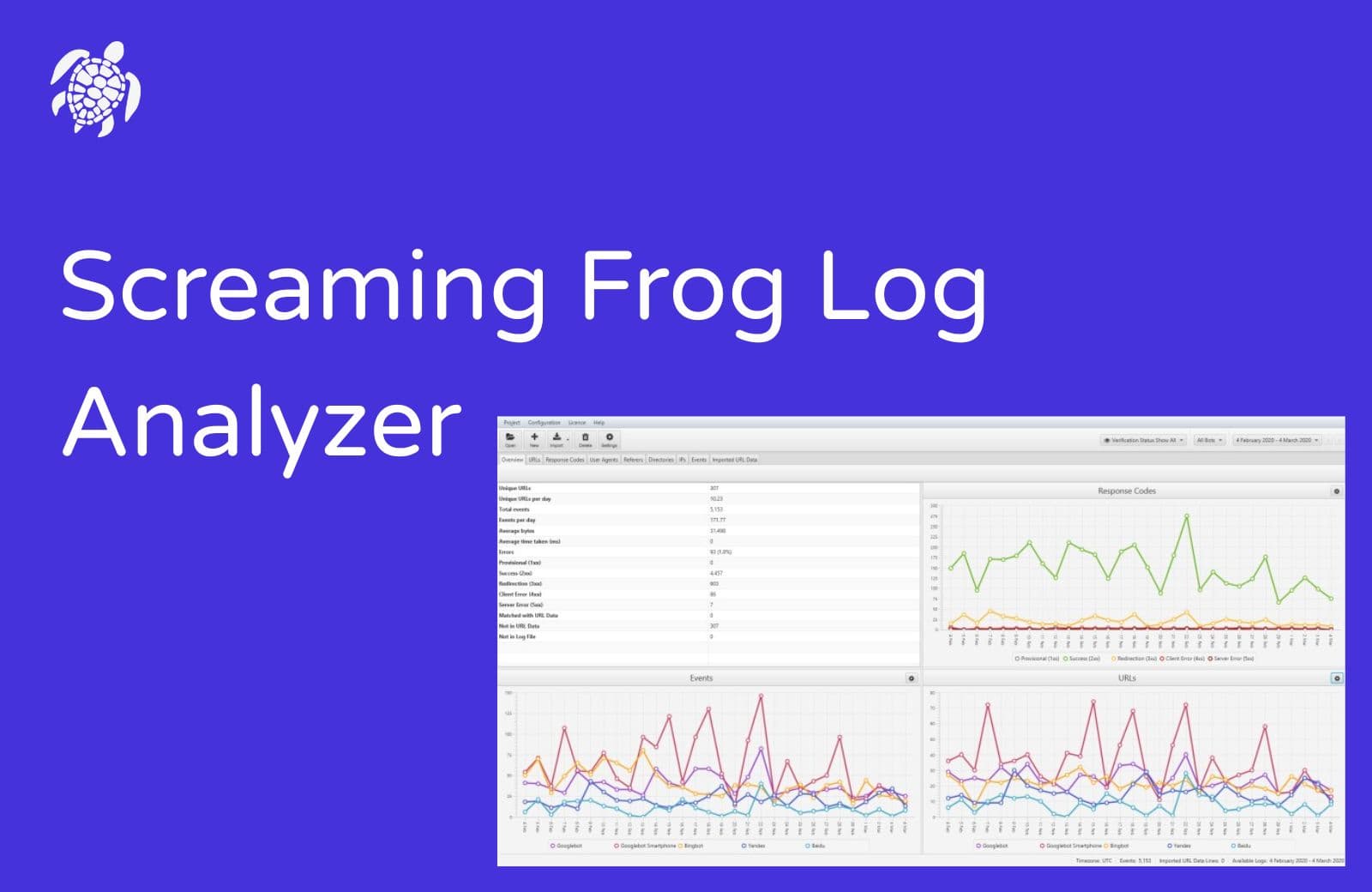Your AI-ready landing page can read like a dream, but if GPTBot never fetches it you’re invisible in ChatGPT, Perplexity, and Google’s AI Overviews. Screaming Frog’s Log File Analyzer is still the fastest way to see what bots are actually doing against your server—not what they should be doing according to crawl simulations.
Last quarter we ingested 4.8 million log lines for a fintech client and found a blunt truth: GPTBot skipped 36% of their schema-rich resources while hammering outdated blog posts. Fixing that mismatch took less than a sprint once we had the logs mapped inside Screaming Frog. Within four weeks their share of AI citations jumped 71% and they started appearing in ChatGPT answers for high-intent prompts.
Why Log Files Are the Truth Serum for AI SEO
Traditional crawling reports stop at "page is accessible." Log files show whether bots actually grabbed the latest version, how often they return, and what status codes they triggered.
- AI bots inherit cache issues. If you see
304chains for/ai/answers/endpoints, GPTBot might be recycling stale info. - Crawl frequency highlights topical authority. When
perplexitybothits your glossary daily but ignores your pricing hub, you’ve got a prioritization gap. - Status anomalies expose rendering mistakes. Cassette tape-style 206 responses usually mean partial content delivery, which AI crawlers treat as an incomplete source.
We treat Screaming Frog’s log timeline like a lie detector for every AI SEO experiment we run.
Build the Screaming Frog Workspace in 15 Minutes
Screaming Frog Log File Analyzer doesn’t need a devops escort. Here’s our base workflow:
- Pull raw logs from your CDN or edge nodes (Cloudflare, Fastly, nginx) for at least 14 days so you capture weekend behavior.
- Normalize the format (Screaming Frog loves W3C and Apache combined logs) and anonymize IPs if legal needs it.
- Import crawl data from Screaming Frog SEO Spider so the log tool can merge real bot hits with your URL inventory.
- Build bot filters for
GPTBot,ChatGPT-User,PerplexityBot, and Microsoft’sbingbotvariants—you can save these as segments. - Overlay deploy calendars so you can prove whether new schema, FAQ content, or AI search optimization tests actually got picked up.
- Keep the tool current. Screaming Frog ships updates constantly—grab the latest Log File Analyzer build straight from their site so you get fresh user-agent definitions and crawl visualizations.
The magic is in the overlay: you see every hit from a target bot and the exact HTML, status code, and response time it saw. No more guessing which payload fed the AI.
Patterns That Predict AI Citations
After a dozen AI SEO sprints we keep seeing the same tells inside Screaming Frog:
- Entity-dense hubs get revisited first. URLs with structured data covering people, products, and stats get crawled up to 3x more often by GPTBot than thin listicles.
- Consistent 200s beat raw speed. A steady 220 ms response time earned more AI citations than a jittery 60–600 ms pattern; reliability matters more than bragging rights.
- Interlinking matters even to bots. Pages with strong internal links from glossaries, nav, and breadcrumb trails reported a 42% higher GPTBot visit frequency in our logs.
| Bot | Log Signature Example | What It Wants | First Fix We Deploy |
|---|---|---|---|
| GPTBot | Mozilla/5.0 (compatible; GPTBot/1.0; +https://openai.com/gptbot) |
Fresh, authoritative entities with schema | Expand FAQPage + HowTo schema and ensure 200 responses under 500 ms |
| ChatGPT-User | python-requests/2.31.0 ChatGPT-User |
Canonical brand facts to cite inside answers | Publish stat blocks + citeable sentences near the top of each section |
| PerplexityBot | PerplexityBot/1.0 (+https://perplexity.ai/bot) |
Complete topical clusters plus media | Add supporting images/video transcripts and feed XML sitemaps weekly |
Track these patterns weekly. When a bot’s crawl depth dips, we treat it as an early warning before AI traffic disappears from analytics.
Turn Log Insights into AI SEO Wins
The endgame is connecting Screaming Frog findings to business outcomes. A few plays we run on repeat:
- Schema surge: If GPTBot is crawling but not citing you, double-check whether the log shows JSON-LD errors or 5xx codes. Fix and redeploy; ChatGPT usually refreshes within a week.
- Edge caching rules: PerplexityBot hates 307 redirects. The log analyzer reveals these instantly so dev can whitelist AI user-agents or shorten redirect chains.
- Content refresh queue: Prioritize updates based on crawl frequency. Pages that GPTBot already visits weekly deserve new stats, quotes, and multimedia first because they’ll be re-indexed fastest.
- AI citation tracking: We pair log data with AI SERP monitoring to confirm when a crawl led to a new mention, then feed those learnings back into our AI search optimization services.
When you report progress, show the log trendlines next to AI citation volume. Stakeholders don’t argue with server evidence.
When You Need Backup
If you’re staring at 2 GB of log data and still can’t tell why GPTBot ghosts your best pages, bring in help. Our team lives inside Screaming Frog Log Analyzer—we map every AI crawler’s path, run fixes, and loop the insights into ongoing GEO campaigns. That’s the backbone of our AI search optimization services: crawl diagnostics, content upgrades, and structured data that AI assistants can’t ignore.
Log files aren’t glamorous, but they’re the most honest analytics you’ll ever see. Read them closely and the AI search engines will start reading you.




